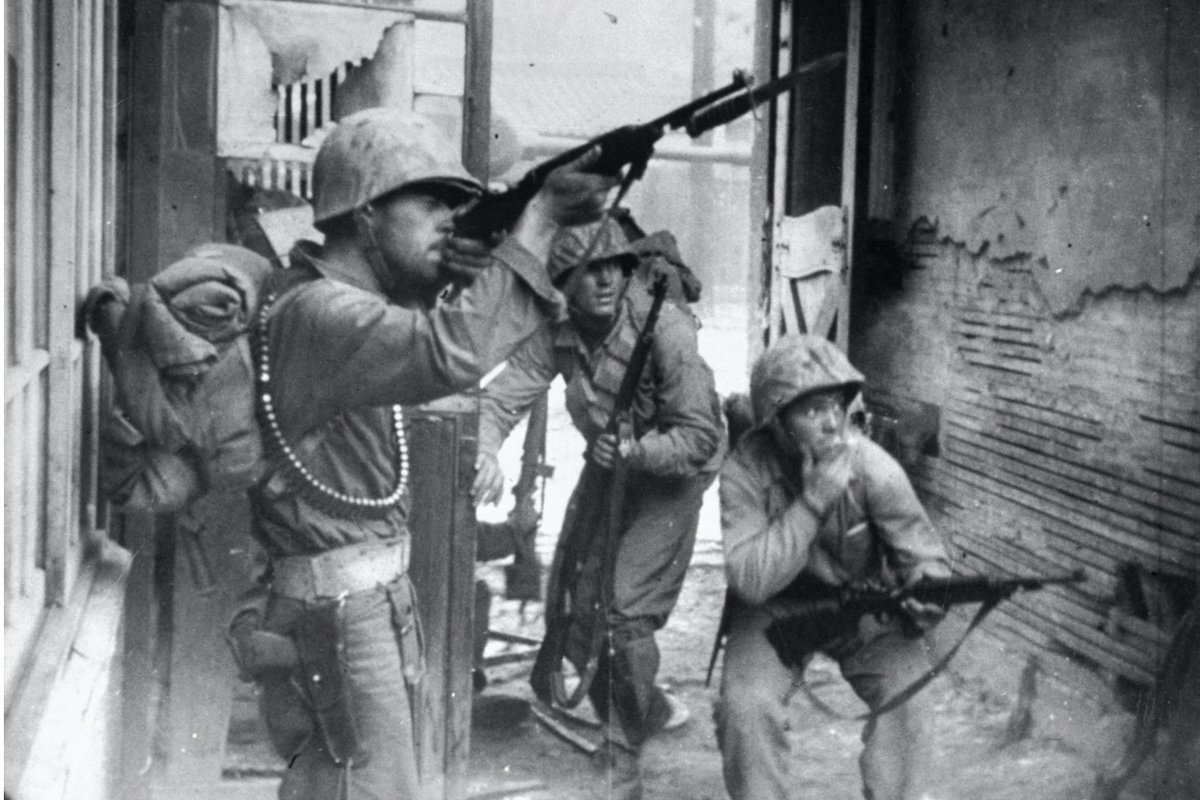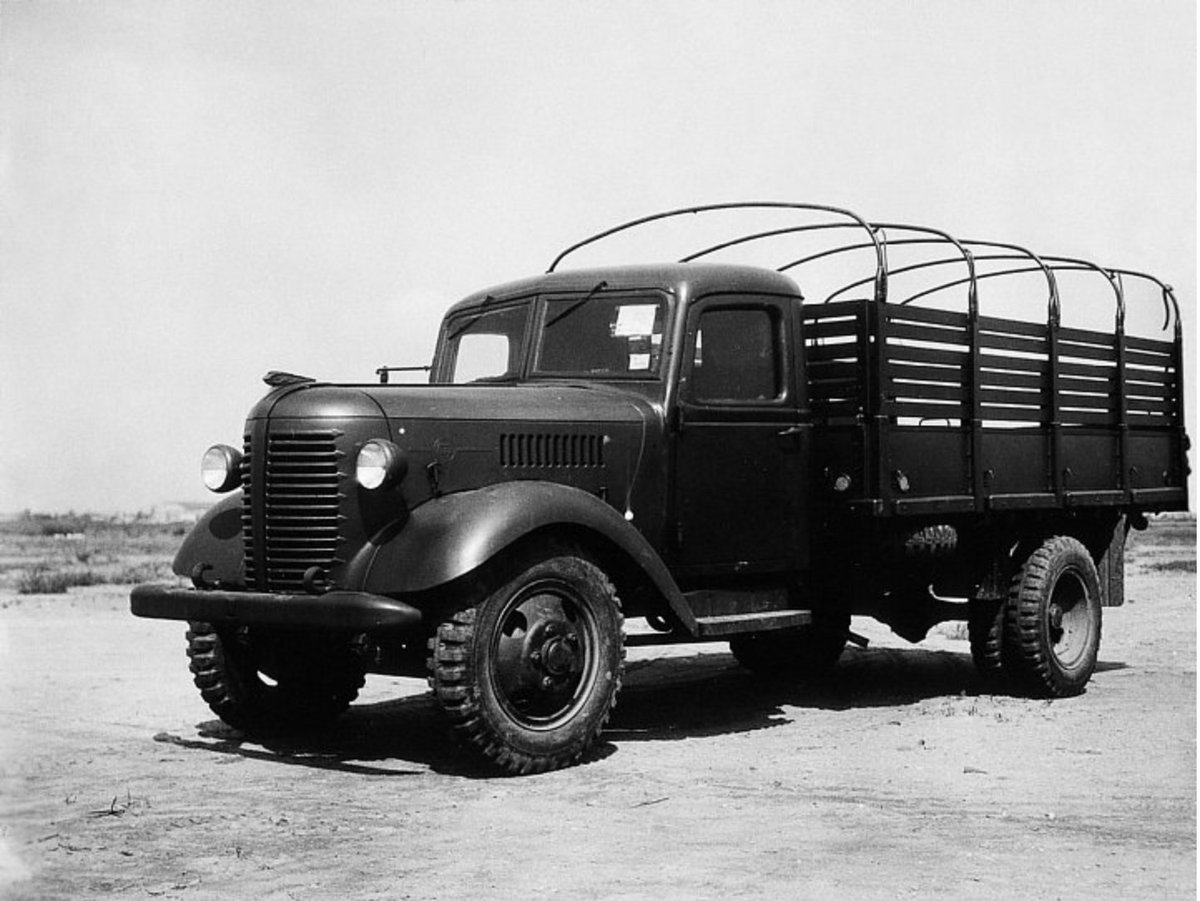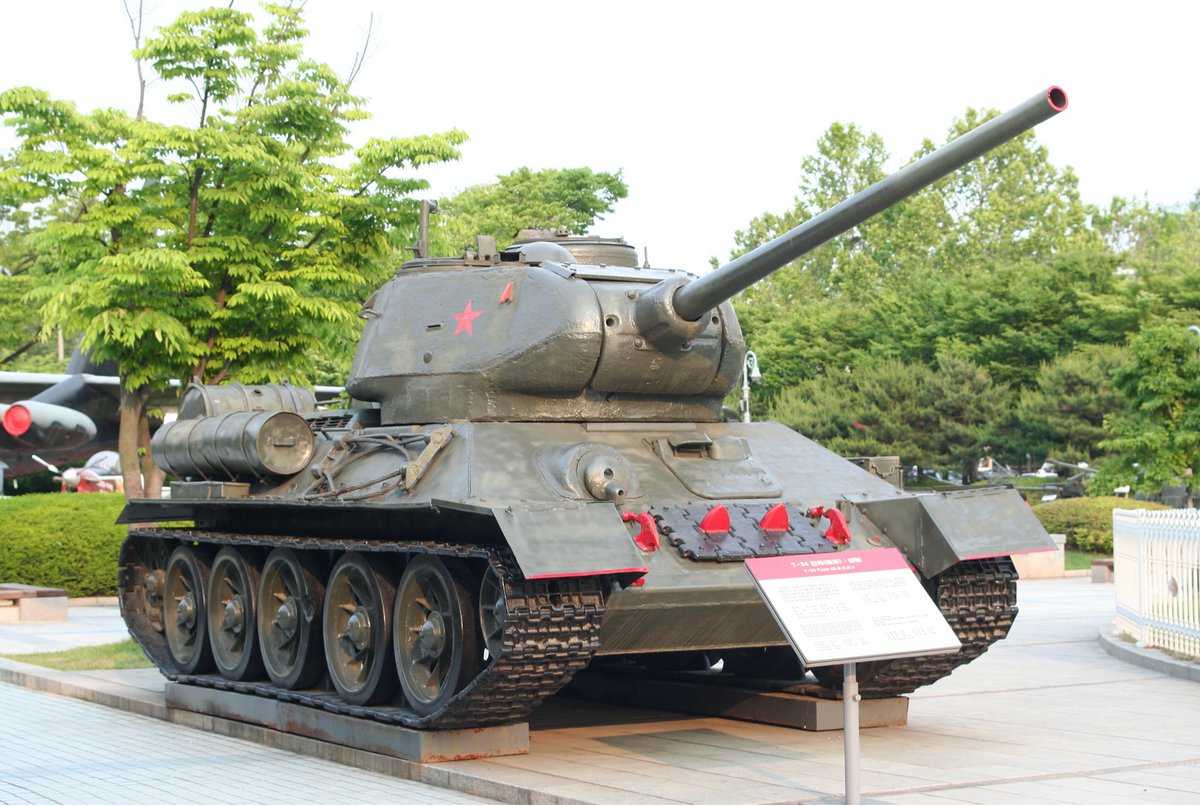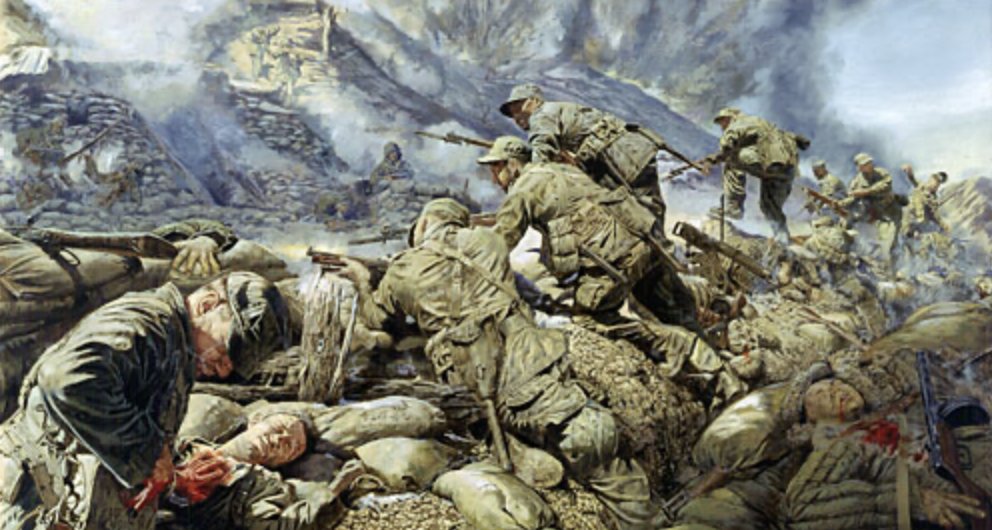[1 of 13]
#TDIDCH: July 5, 1950 - Over the previous 4 days, #TDIDCH has been following the movement of Task Force Smith from Japan into Korea. 71 years ago today, saw the Battle for Osan, the first engagement between the US and North Korea during the Korean War.
#TDIDCH: July 5, 1950 - Over the previous 4 days, #TDIDCH has been following the movement of Task Force Smith from Japan into Korea. 71 years ago today, saw the Battle for Osan, the first engagement between the US and North Korea during the Korean War.

[2 of 13]
TF Smith was the lead US force during this battle.
To recap the preceding days: Dawn on Sunday, 25 June 1950, North Korean People’s Arm) crashed through the 38th Parallel into democratic South Korea; 8th Army sends a delaying force of 400 (TF Smith) into Korea by sea
TF Smith was the lead US force during this battle.
To recap the preceding days: Dawn on Sunday, 25 June 1950, North Korean People’s Arm) crashed through the 38th Parallel into democratic South Korea; 8th Army sends a delaying force of 400 (TF Smith) into Korea by sea

[3 of 13]
July 5, 1950 - Early, early morning: Task Force Smith moves out of Pyeongtaek in dozens of trucks in blackout condition in a pouring rain. The men reach their position at 3 a.m and are dug in by daylight.
July 5, 1950 - Early, early morning: Task Force Smith moves out of Pyeongtaek in dozens of trucks in blackout condition in a pouring rain. The men reach their position at 3 a.m and are dug in by daylight.

[4 of 13]
Lieutenant Colonel Charles Smith and his men did not have to wait long for the enemy.
At around 7:30 a.m. observers spot eight Soviet-made T-34 tanks of the North Korean 107th Tank Regiment rolling directly toward them.
Lieutenant Colonel Charles Smith and his men did not have to wait long for the enemy.
At around 7:30 a.m. observers spot eight Soviet-made T-34 tanks of the North Korean 107th Tank Regiment rolling directly toward them.

[5 of 13]
By 8:30 AM, Smith’s tiny force was as isolated and outnumbered as the Texians at the Alamo 114 years earlier as 5,000 well-trained, well-resourced North Korean soldiers with three dozen tanks closed with the tiny tankless Task Force.
By 8:30 AM, Smith’s tiny force was as isolated and outnumbered as the Texians at the Alamo 114 years earlier as 5,000 well-trained, well-resourced North Korean soldiers with three dozen tanks closed with the tiny tankless Task Force.

[6 of 13]
The Army had no anti-tank mines in Korea, and in the rush to get to the fight from Japan, Task Force Smith did not bring any.
The Army had no anti-tank mines in Korea, and in the rush to get to the fight from Japan, Task Force Smith did not bring any.

[7 of 13]
The T-34s soon opened fire on the Americans with their turret-mounted 85mm guns and 7.62 machine guns. The North Koreans melted through TF Smith’s initial defense.
The T-34s soon opened fire on the Americans with their turret-mounted 85mm guns and 7.62 machine guns. The North Koreans melted through TF Smith’s initial defense.

[8 of 13]
19-year-old Kenny Shadrick from Harlan County, Kentucky is the first American Soldier killed in the Korean War.
19-year-old Kenny Shadrick from Harlan County, Kentucky is the first American Soldier killed in the Korean War.

[9 of 13]
For much of the early afternoon, TF Smith held valiantly. Despite all the odds stacked against them, they actually delayed the North Koreans for a few hours.
But by 2:30 PM, TF Smith was basically completely defenseless & without comms (NKPA tanks cut the comms wires)
For much of the early afternoon, TF Smith held valiantly. Despite all the odds stacked against them, they actually delayed the North Koreans for a few hours.
But by 2:30 PM, TF Smith was basically completely defenseless & without comms (NKPA tanks cut the comms wires)

[10 of 13}
Large numbers of the enemy were now on both flanks and moving toward their rear; a huge enemy reserve waited in front of them.
Most of their limited ammunition was gone.
There were no reinforcements coming from anywhere.
A downpour prevented friendly air support.
Large numbers of the enemy were now on both flanks and moving toward their rear; a huge enemy reserve waited in front of them.
Most of their limited ammunition was gone.
There were no reinforcements coming from anywhere.
A downpour prevented friendly air support.

[11 of 13]
Charles Smith did the only thing he could: order a retreat [blue line on map]
The retreat quickly broke down into a confused, disorganized rout. Without comms, the retreat order was passed by shouts. Most of the troops weren't sure what was happening or where to go.
Charles Smith did the only thing he could: order a retreat [blue line on map]
The retreat quickly broke down into a confused, disorganized rout. Without comms, the retreat order was passed by shouts. Most of the troops weren't sure what was happening or where to go.

[12 of 13]
Task Force Smith suffered its highest casualties during this withdrawal as its soldiers were most exposed to enemy fire.
Most equipment was left in place by retreating American Soldiers, to be captured by North Koreans.
Task Force Smith suffered its highest casualties during this withdrawal as its soldiers were most exposed to enemy fire.
Most equipment was left in place by retreating American Soldiers, to be captured by North Koreans.

[END]
The first American battle of the Korean War was a humiliating defeat.
TF Smith lost 60 dead, 21 wounded and 82 captured.
Almost 40% of the TF was a casualty in the fight. Most equipment was destroyed or captured by North Koreans.
[pic: TF Smith memorial in Osan]
The first American battle of the Korean War was a humiliating defeat.
TF Smith lost 60 dead, 21 wounded and 82 captured.
Almost 40% of the TF was a casualty in the fight. Most equipment was destroyed or captured by North Koreans.
[pic: TF Smith memorial in Osan]

• • •
Missing some Tweet in this thread? You can try to
force a refresh













